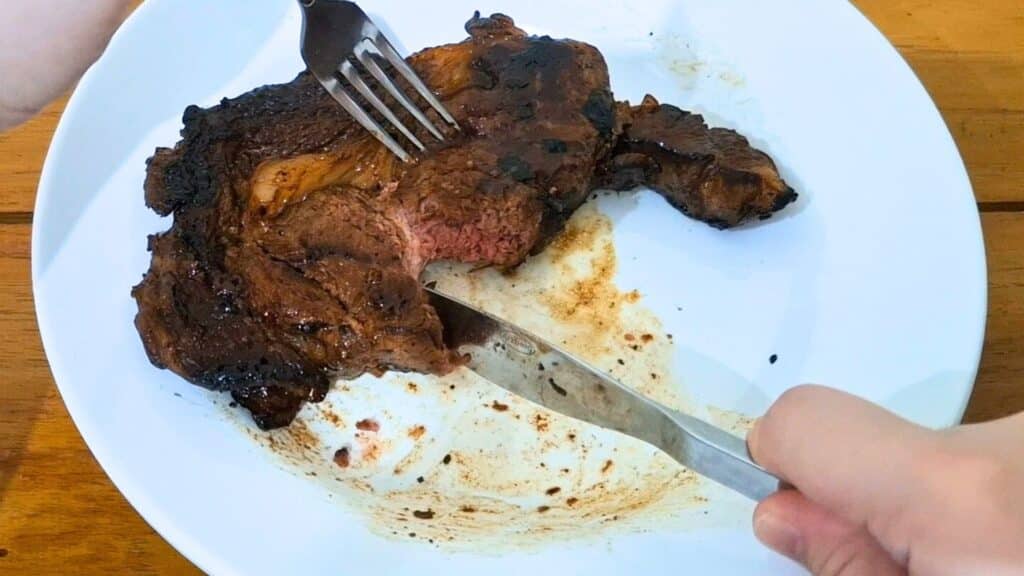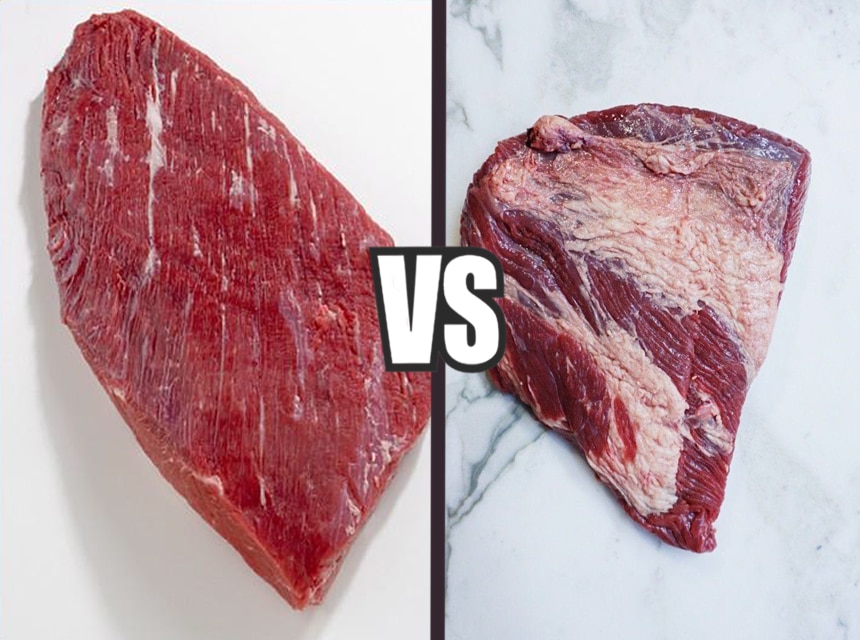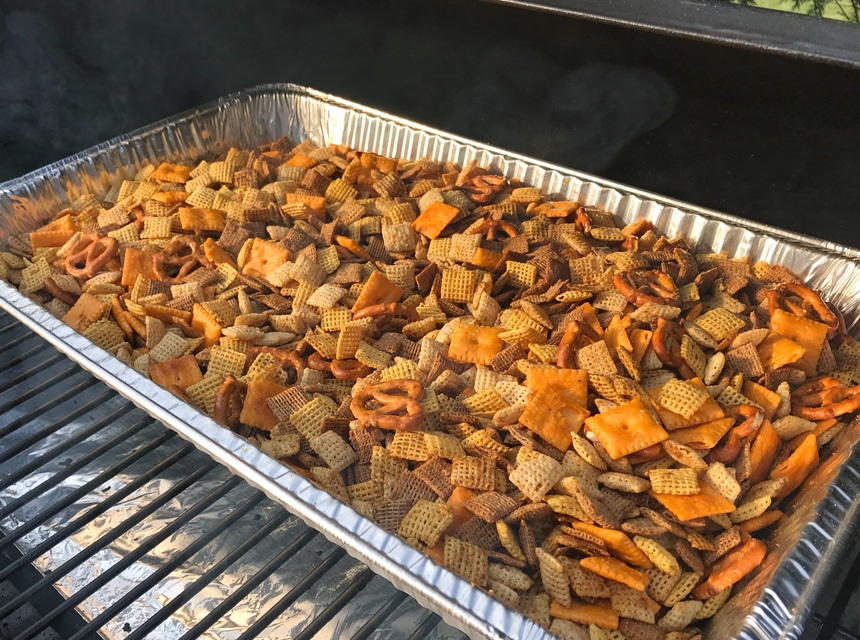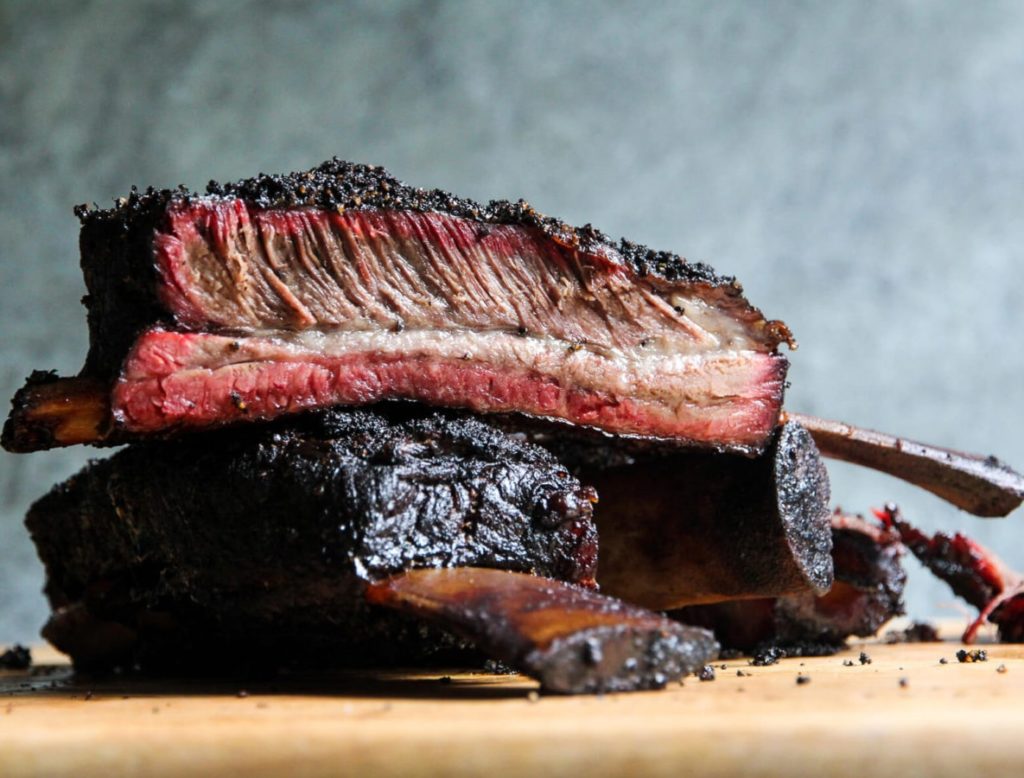

Brisket is a naturally tough part of beef, to begin with. So, tenderization is a key part of cooking it. Asides from slow, long cooking, brisket aging as a form of tenderization is a topic that is rarely discussed. Hardly anyone knows what needs to be done with meat before it is edible – and which questions are worth asking before buying a pack of brisket.
Wet aging is one of the techniques used in tenderizing briskets and other parts of beef. Unfortunately, pork cannot be wet-aged, but you can practice this tenderization technique with beef.
Wet aging brisket requires extra care and there are a lot of questions to ask and things to watch out for. Otherwise, you could end up with rotten or improperly tenderized meat. This is why we’ll see in this article, the concept of brisket tenderization with the wet aging process and how to successfully have this done.
Wet aging originated around 50 years ago with the invention of the vacuum bag. The technique has its origins in Europe in the first two decades after the Second World War. As technology progressed, food was offered in burgeoning supermarkets, so vacuum packaging was very suitable as a hygienic packaging material, especially for meat.
The meat is put in a plastic bag, sealed, and refrigerated. In the meat, lactic acid bacteria now begin to break down the proteins and fats and make the meat tender. The resulting meat taste is described as slightly metallic and sour. No water will escape from the plastic bag. The meat is just as heavy after aging as it was before.
The water-binding capacity is not very pronounced with this type of meat aging, and the meat may lose volume in the pan.
In contrast, there is dry aging. Dry aging is the traditional process, which has been largely superseded by wet ripening. The two halves of the brisket are hung in a dry cold room and lose water during the aging period. The taste of the meat is concentrated. With this type of technique, it is not the lactic acid bacteria that work, but the enzymes in the meat. Among other things, amino acids that promote an intense, nutty meat taste are created. After this maturation, the meat has good water-binding properties and retains its size in your pan during preparation.
The most important point in wet aging is the change in the taste and texture of the meat. As mentioned at the beginning, carbohydrate compounds in the muscle are broken down during meat aging.
However, if the meat is left to mature in a vacuum for too long, it will over-acidify and it will smell strongly sour when it is unpacked. As the meat matures, it becomes dry and sour.
This can be remedied by dabbing and drying in the fresh air. Nevertheless, the meat can have a slightly sour, metallic, or stony taste even after cooking. If these aromas are noticed, the meat is probably still edible, but unfortunately overaged to the detriment of the taste.
There are a few things to keep an eye on when wet aging. These include the pack date of the brisket, the period of aging, and the temperature at which it’s aged.
You cannot just pick any meat up from your butcher’s store and start wet aging. Meat has a shelf life after which it starts rotting. So, it’s always advisable to check the pack for the kill or pack date. You can therefore begin and know for how long you can wet age your brisket.
Brisket is optimally aged in 30 to 60 days, according to the BBQ Host. Large cuts can take longer to age than individual steaks, so there is no rule of thumb for the “perfect aging time in a vacuum”. Another important factor is of course the quality of the meat itself: a high-quality piece of meat from good breeding is naturally more tender and therefore needs a shorter maturing time. More and more often you can find the indication “best before” on vacuum packaging.
According to the manufacturer, on this date, the piece of meat is at the perfect point of aging. Since refrigerators in home use are usually not as cold as gastro or industrial refrigerators, meat aging is accelerated by higher temperatures.
If a piece of meat has been lying in the fridge at home for a few days, we recommend falling slightly below the “best before” date to preserve the taste.
Asides from the “kill date,” there is no label that you can look out for when buying brisket.
The only thing that helps is to ask. Has the meat been aged? How did it mature? Wet aging is usually not specified. Dry aging can mean: well hung, dry matured on the bone, dry-aged, etc.
As with everything that concerns meat, there are specific requirements that should be met to keep it safe to cook and eat. Below, we break down the process step by step.
Purchase a good cut of brisket. Next, you have to check for the pack or kill date, which is usually labeled on the meet. As earlier mentioned, the time for wet aging is between 30 to 60 days, with 45 being optimal. However, always ask for the kill date in case it’s not labeled. This will give you the specific number of days to age it. Meanwhile, if you don’t put this into consideration, you may end up having a decomposed meat before having the chance to cook it. However, if you still don’t know the kill date, it’s best to age it for the lowest number of days possible, considering that the meat may have been killed or packed for weeks. Having good edible meat is, in any case, better than ending up with a rotting inedible one.
Dab the meat dry and get it prepared for vacuum sealing. For sealing, put the dabbed dry meat in a sufficiently large vacuum bag. When vacuuming, make sure that you completely suck out all of the air. If you weld too early, not only do you increase the chance of the meat getting spoilt, but there is also a risk of freezer burn.
Label each package with the aging date. This way you can keep track of things and know how long the meat will keep. Brisket can be kept much longer in a vacuum than just in the refrigerator.
If you freeze the meat prepared in this way, you can store it for months.
The video below shows how to cook a wet-aged brisket on a grill.
The reason brisket is made to undergo wet aging is now clear. After the slaughter, several chemical processes are started. If you want to put it nicely, we can say: the muscle relaxes, the oxygen supply in the cells is interrupted, the pH value drops, and the muscle fibers become firm.
To put it unpleasantly: rigor mortis sets in. If you were to eat the brisket at this point, it would be tough. This is why meat is allowed to age because the fibers loosen up again during maturation and the meat becomes tender.
If you followed the article, wet aging brisket the right way requires 30 to 60 days of refrigeration at a temperature of around 0 to 1 degree Celsius or 32 to 34 degrees Fahrenheit. Before the refrigeration begins, you must have vacuum-packed the brisket, or your meat could be rotten in less than a week!





